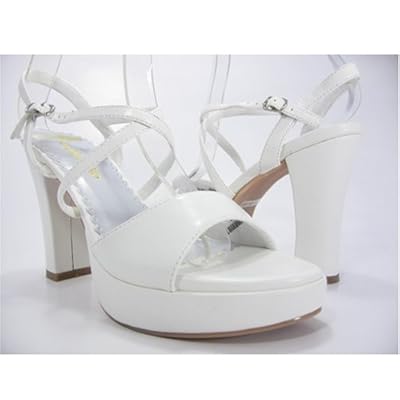
Bridal bouquets are an inseparable part of wedding ceremonies. The history of bridal bouquet dates back to ancient times. Historically, bouquets symbolized fertility and prosperity. One cannot envision a bridal ceremony without a bouquet.
Bridal Bouquets have evolved through the ages. In the eighteenth century, the practice of carrying a bouquet of flowers or herbs became a popular tradition that symbolized delicateness, purity, and new life. Today, bridal bouquets are tossed to assemble single women to symbolize new life and to pass on the bride’s good fortune.
Wedding bouquets can be as simple as a small collection of flowers, or extravagant with a price tag of thousands of dollars.
It is quite common for brides to have two bouquets. The more elaborate of the two bouquets is made to be carried down the aisle and used in photographs while the smaller bouquet is to be thrown into the crowd of unmarried girls.
Florists take great pride in the wedding bouquets they design and offer. Rarely is the simple group of daises seen at today’s weddings. Instead, wedding bouquets now consist of a variety of floral designs, including combinations of calla lilies, roses, and sweet pea or traditional white lilies and roses. Even sunflowers have made their way into modern wedding bouquet arrangements. The most commonly used flowers are roses, tulips, peonies, hydrangeas, orchids, calla lilies or gardenias.
When choosing the flowers for your bouquet, consider the type of ceremony planned, the location of the ceremony and the style of dress you will be wearing. For example, a formal church wedding requires a more formal bouquet than an informal non-traditional wedding. Compliment an elegant ballroom gown with a bouquet of proper proportions. The bridal bouquet should always complement the gown, but it should not become the center of attention either. The bouquet should also be proportional to the bride's height. A cascading bouquet may be more appropriate to a tall bride than to one of smaller stature.
One image that invariably comes to mind is that of the bride in her white dress and veil carrying a beautiful bouquet of flowers. For some reason, when we think of a wedding, we always think of the wedding bouquet. Whether you carry a single rose or a bouquet of orchids, the flowers you choose for your wedding should serve as a symbol of your love.
George Mezaros


 Bridal bouquets are an inseparable part of wedding ceremonies. The history of bridal bouquet dates back to ancient times. Historically, bouquets symbolized fertility and prosperity. One cannot envision a bridal ceremony without a bouquet.
Bridal bouquets are an inseparable part of wedding ceremonies. The history of bridal bouquet dates back to ancient times. Historically, bouquets symbolized fertility and prosperity. One cannot envision a bridal ceremony without a bouquet.